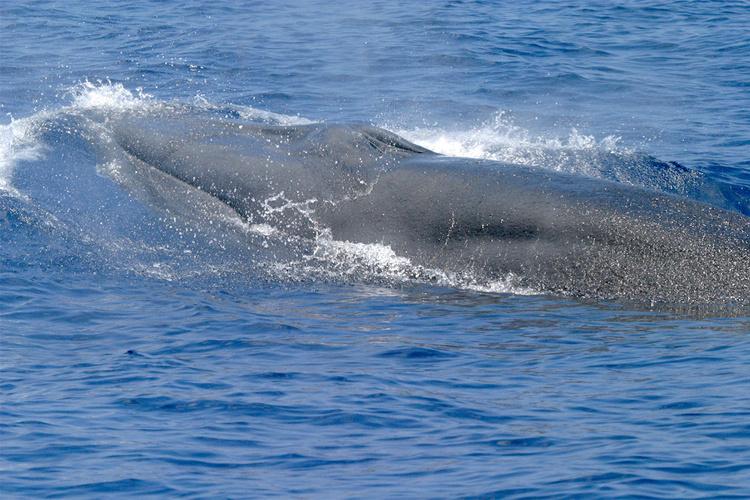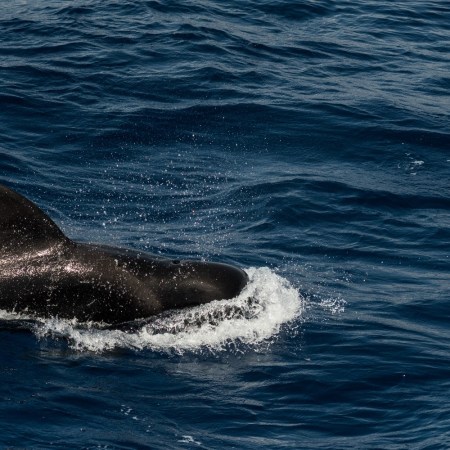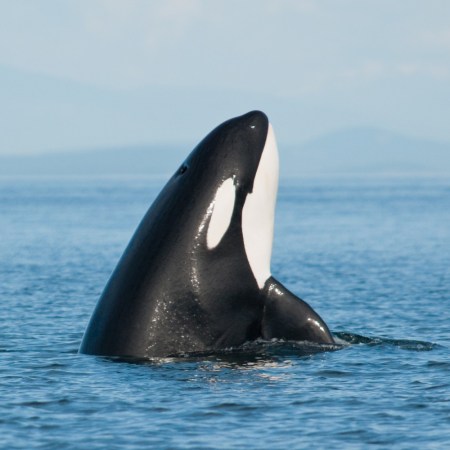Normally, the discovery of a new species is grounds for celebration. And in the case of Rice’s whale — also known as the Gulf of Mexico whale — that is very much the case, but it’s tempered with no small amount of scientific anxiety. That’s because, according to this Washington Post article, there have only been 50 known examples of the species in the wild.
As the NOAA explained, the Rice’s whale was originally believed to have been a population of Bryde’s whales living in the Gulf of Mexico. Bryde’s whales are found north and south of the Equator around the globe; Rice’s whales, meanwhile, have a much more contained habitat. They can grow to be over 40 feet long, with the Post‘s article comparing their weight to that of a fire truck.
The species takes its name from the late scientist Dale Rice, who was the first to observe the population decades earlier.
The fact that these whales call the Gulf of Mexico home speaks to one of the reasons that they’re considered endangered. Events like the Deepwater Horizon oil spill have had an adverse effect on creatures living in the Gulf of Mexico, and the whales are vulnerable to both the effects of pollution and to vehicular collisions. Hopefully, now that the species has been identified as such, further steps can be taken to protect it.
Thanks for reading InsideHook. Sign up for our daily newsletter and be in the know.


















